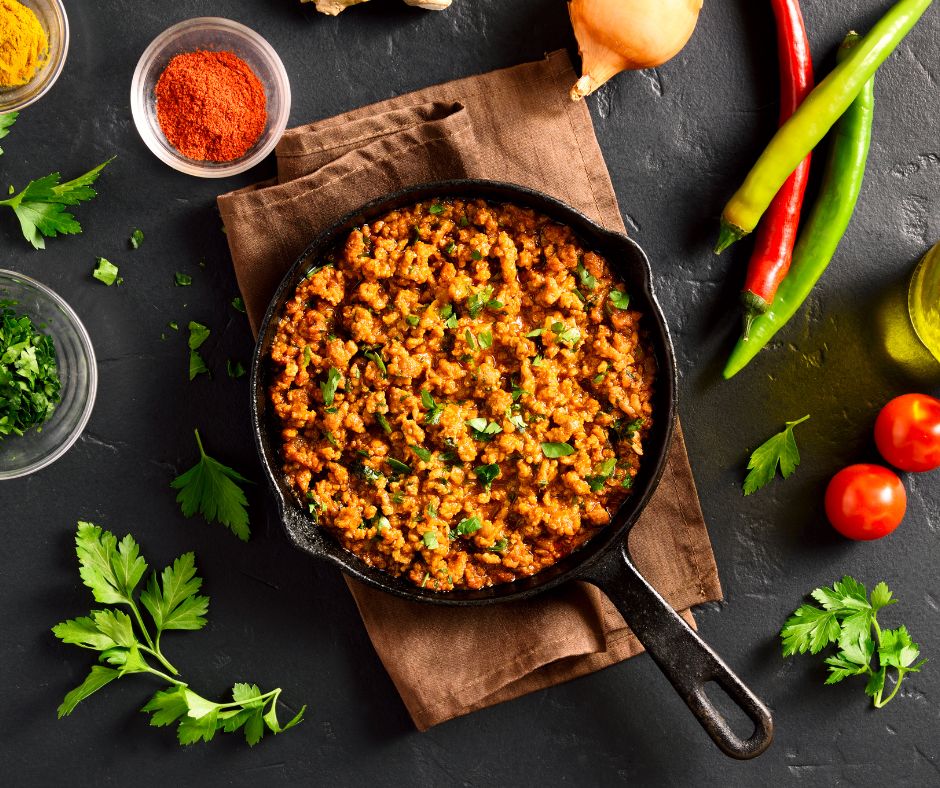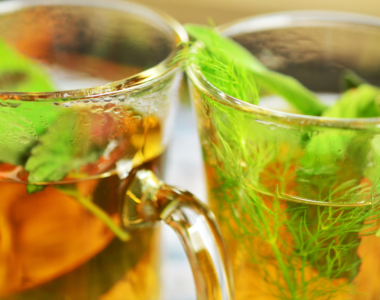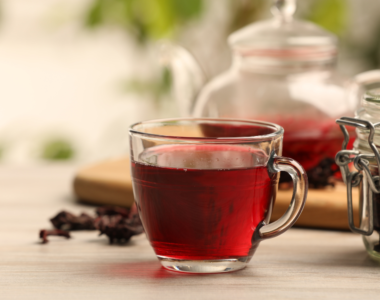
Curries: An introduction
Typically associated with South Asian cuisine, a curries are meal with a sauce seasoned with spices. Curry tree leaves could be used in southern India. Different regions in the world have a wide variety of curries. They employ coconut milk or spice pastes in Southeast Asian curries, which are typically served with rice.
Table of Contents
Regions curries come from
With globalization, a curry is indeed nothing new to many of you. If you have visited India, Sri Lanka, or any other South Asian country, you would have tasted numerous amounts of very divine curries. But Southern Asia is not the only region famous for curries. Many Asian countries such as Thailand, Japan, and Malesia are infamous for their diverse curries. Not only that, some African countries like South Africa, European countries like the United Kingdom, and some Caribbean countries have curries of their Curries like Jamaica, Trinidad & Tobago, etc.
Popular ingredients of curries

Fish, pork, poultry, and shellfish can all be found in curries, either on their own or combined with vegetables. Others eat vegetarian. Small quantities of various liquids are used to cook dry curries, and then it is allowed to evaporate, leaving the spice combination to coat the other components. Wet curries often have a sizable amount of sauce or gravy made from broth, coconut cream or milk, dairy cream or yogurt, or puréed legumes, sautéed smashed onions, or tomato purée.
Role of spices in curries
Depending on the sweet and savory spices used and how they are utilized, each curry has a distinct flavor and taste. With the addition of spices like turmeric, which also gives it a vibrant color, it may have a rich, earthy flavor. Cinnamon and clove are two sweet spices that offer food brightness and zest. Although, this is mostly associated with traditional South Asian curries. When it comes to curries in other regions of the world, there are many other unique spices and ingredients in use for curries.
Health benefits of curries
Guessing from most of the ingredients used, no matter the origin of the country, the nutritional benefit that comes from the spices and fresh ingredients of curry is undeniable. The spices alone consist of many antioxidants, which boosts our immunity in ten folds, whereas the fresh ingredients also add up vital minerals and vitamins for our daily life to be healthy and active.
Curry always seems like a spicy dish. Are there milder options?
Absolutely! While some curries pack a punch, many offer a spectrum of heat levels. Yellow Thai curries, for example, are known for their creamy texture and milder spice compared to red curries. Many restaurants allow you to adjust the spice level to your preference.
I love Indian food, but what are some curries beyond Butter Chicken?
India boasts a vast array of regional curries. Saag Paneer features spinach and paneer cheese in a creamy sauce, while Rogan Josh offers a deeper, richer flavor profile with lamb and yogurt. Explore these options or ask your local Indian restaurant for recommendations.
What if I’m looking for a vegetarian curry?
There are countless vegetarian curries worldwide! Thai Green Curry is often made with vegetables and coconut milk, while Japanese Kare often features tofu or vegetables in a savory brown sauce. Many Indian curries, like Dal Makhani (black lentil curry), are naturally vegetarian.
Are there any seafood curries worth trying?
Absolutely! Southeast Asia offers a variety of seafood curries. Try a fragrant Malaysian Fish Curry with coconut milk and turmeric, or a Thai Panang Curry with creamy red curry paste and seafood.
I’m curious about curries beyond Asia. Are there any options for me?
The Caribbean offers delicious curried goat, a hearty stew with warming spices and tender goat meat. Ethiopian cuisine features fragrant curries like Kik Alicha, made with yellow split peas and vegetables simmered in a berbere spice blend.
How can I make curry at home if I’ve never tried it?
Many grocery stores offer pre-made curry pastes that simplify the process. These pastes come in various spice levels and flavors, allowing you to explore different curry styles at home. Look for them in the international aisle.
What are some essential ingredients for making curry at home?
Start with a good curry paste, coconut milk, and a protein or vegetable of your choice. Common aromatics like onions, garlic, and ginger add depth of flavor. You can adjust the spice level with chili peppers or flakes.
What kind of rice pairs well with curries?
Basmati rice, a long-grain variety known for its fluffy texture and nutty flavor, is a popular accompaniment to curries. Other options include jasmine rice or brown rice for added fiber.
I’m looking for new and exciting flavors. Where can I find inspiration for curry recipes?
Many cookbooks and online resources offer recipes for curries from around the world. Look for cookbooks focused on specific cuisines like Thai or Indian curries, or explore recipe websites with international flavors.
Can exploring curries help me be more adventurous in the kitchen?
Absolutely! Curries offer a fantastic way to experiment with different flavor profiles and cooking techniques. From fragrant Thai curries to hearty African stews, the world of curries offers endless possibilities to expand your culinary horizons.



